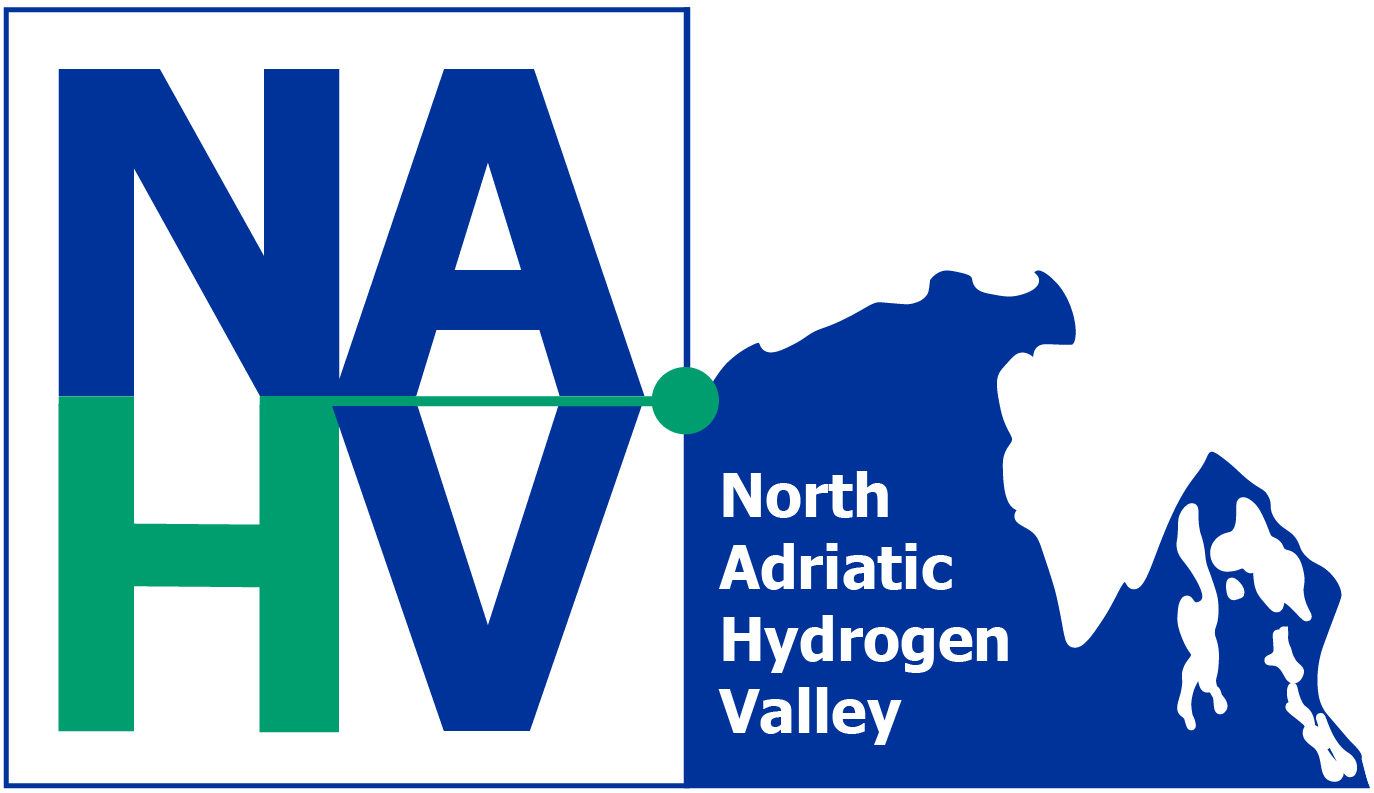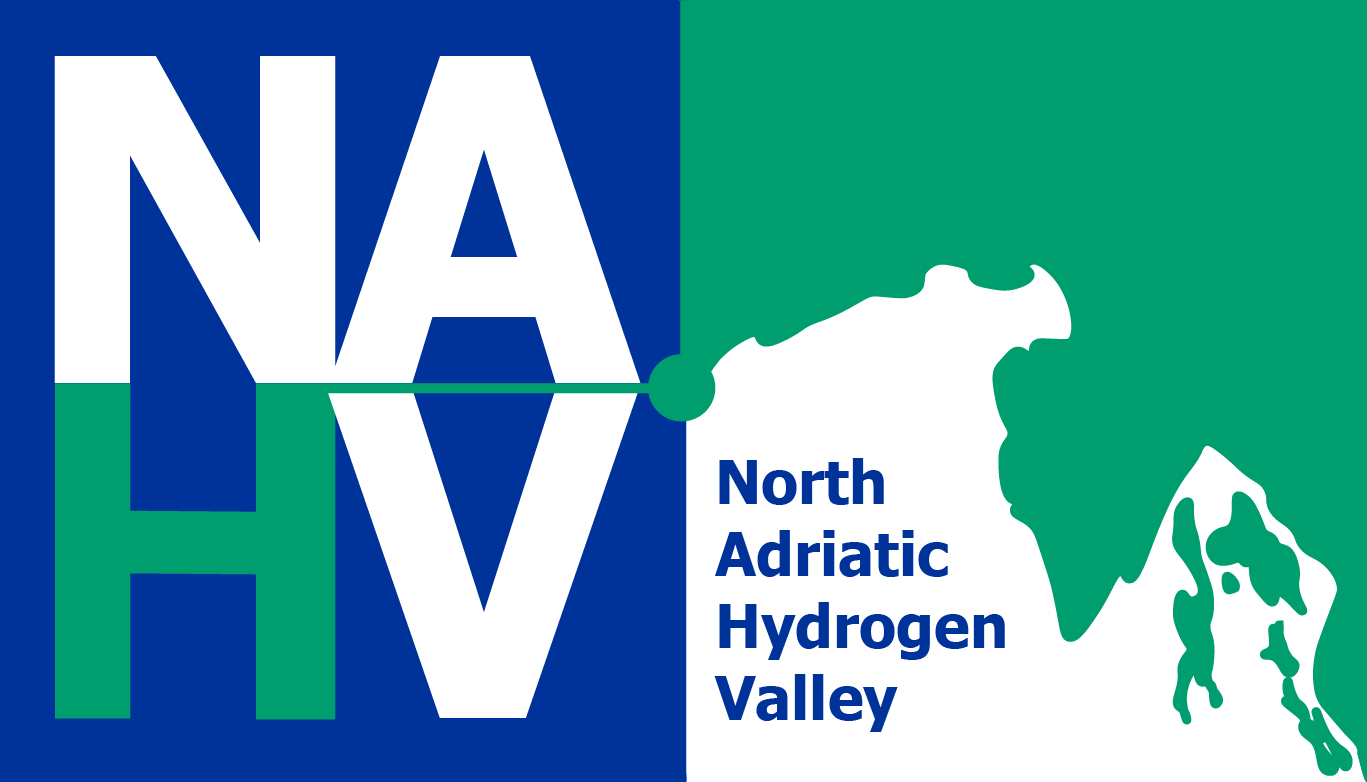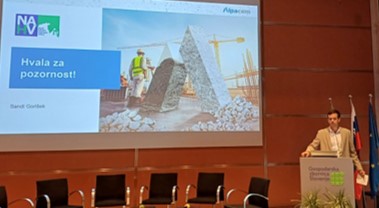Testbed Leader: Alpacem Cement
Anhovo 1, Anhovo, 5210 Deskle, Slovenia
Director (or representative): Sašo Seljak (saso.seljak@alpacem.si)
Objectives and Project Description
This testbed project aims to build a containerized electrolyser ranging from 0.5 to 1 MW, equipped with necessary storage and connections to utilize the produced hydrogen in the transport sector. The current storage and filling infrastructure will be upgraded or replaced as part of this project. One hydrogen truck will be purchased for cement transportation. Knowhow on producing renewable hydrogen at a competitive price tailored to the energy profile and needs of the cement plant will be gained.
A feasibility study will explore using hydrogen directly in production and scaling systems, including battery integration, to maximize renewable energy use and support grid balancing.
The goal is to reduce the carbon footprint by replacing fossil fuels in the kiln and converting captured CO2 into methane or methanol.
System sizing and component selection will align with the goal of producing 50 tons of green hydrogen annually, guided by economic and technical analyses. All necessary permits will be obtained before installation. The hydrogen-powered truck will be evaluated based on technical and economic criteria, and relevant legislation will be reviewed. The project will provide data to support the broader adoption of hydrogen fuel in transportation, reducing the end product’s carbon footprint.
Key Metrics
The testbed project aims to produce 50 tons of hydrogen annually.
The produced hydrogen will primarily fuel hydrogen truck(s) for cement delivery. Any surplus hydrogen will be supplied to other end-users within the NAHV network or made available for public filling stations
The total project budget is 5.525.000 euro, with NAHV providing a grant of 500,000 euro.
Impact and Benefits
Established production will represent a source of hydrogen in west part of Slovenia. Although it will be used for Alpacem transportation task it will be also available for other NAHV partners and for potential public users in future with its (public) filling station (municipal buses, cars, etc.).
The use of hydrogen in transport will contribute to significant reductions in CO2 emissions and thus to the EU’s goal of zero emissions in the field of transport.
Status
Economically technical study of WP 3.5 is done. This includes the sizing of necessary equipment, capital expenditure (CAPEX) and operational expenditure (OPEX) study for different scenarios.
Identifying and evaluating potential suppliers for necessary components and technologies is done.
Challenges
The cost of producing hydrogen remains high, posing a significant economic challenge.
Uncertain national legislation complicates the need for permits, particularly construction permits, which affects project timelines and planning.
Securing the necessary subsidies to close the financial structure for the project remains a challenge, with no additional subsidies secured thus far, and an unsuccessful bid in one public tender.
Progress Highlights
Participation in a round table discussion as part of the AMETHyST project, organised by the Energy and Climate Agency for Podravje, focused on local green hydrogen ecosystems and their role in the Alpine region’s transition to a post-carbon lifestyle.
Attendance the conference “Hydrogen as a Key Factor in the Green Transition: Challenges and Opportunities” organised by the Ministry of the Environment, Climate, and Energy in June
Engaging in active discussions with the Ministry of the Environment, Climate, and Energy regarding potential national subsidies and the process of obtaining construction permits. These discussions are crucial for securing financial support and navigating the legal requirements for project implementation.
Future Plans
Securing the necessary subsidies through public tenders to ensure a closed financial structure for the project, navigating the legal and bureaucratic processes to obtain the required construction permits and completing the selection of equipment suppliers to ensure all necessary components and technologies are available are in the focus.


